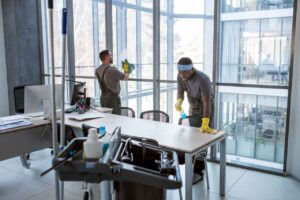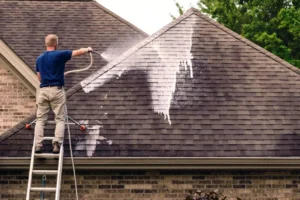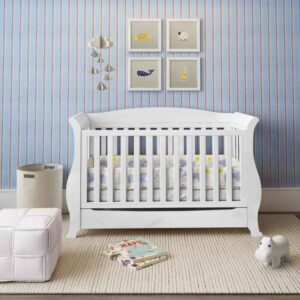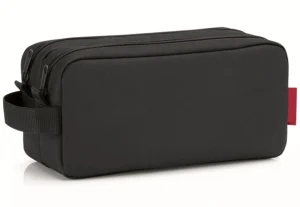A Comprehensive Guide to Hard Roofing Systems
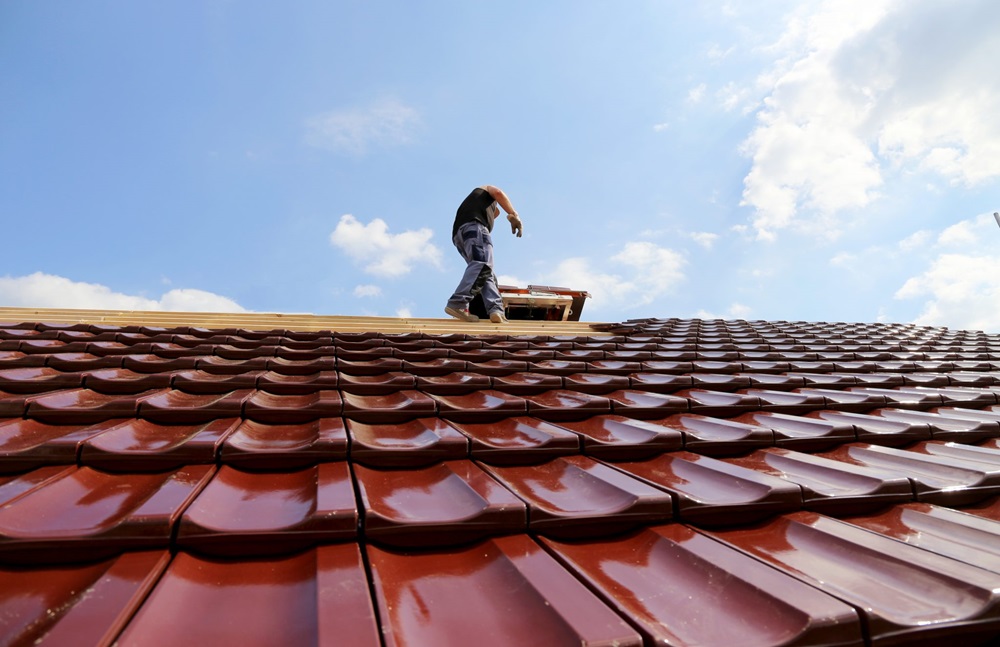
Roofing contractors have been installing innovative roofing products on commercial, industrial, and residential buildings for over 20 years. These new roofing solutions are not just a trend; they represent construction practices that aim to reduce energy costs and support environmental sustainability.
Hard Roofs Explained
What exactly is a cool roof? A cool roof is designed to reflect more sunlight and absorb less solar energy than a conventional roof. This helps lower the temperature of the building, similar to wearing light-colored clothes to stay cool on a hot day. Cool roofs reflect sunlight and keep the roof and the entire building cool. The solar reflection of the outer layer of the roofing material determines whether the roof is considered cool. Consult with the expert of Roofing Services In Raleigh, NC to install a cool roof to take the benefits of a cool roof.
Types of Cool Roofs
Cool roofing materials for low-slope roofs include high-SRI (Solar Reflectance Index) single-ply membranes, high-SRI modified bituminous membranes, reflective roofs, light-colored metal roofs, and green roofs. Although green roofs do not reflect sunlight, they do absorb heat. To be officially labeled “cool,” a roof must meet criteria set by rating organizations and local authorities. It is recommended to consult a qualified roofing services provider or designer for an accurate estimate.
Installation and Costs
A cool roof can be installed during a building’s repair or replacement, but it’s most cost-effective to design it during the construction phase. The cost of cool roofs is comparable to other roofing options.
Need help determining if a Cool Roof is Right for You?
Try tools like Roof Explorer, which offers roofing recommendations based on your location, reflective regulations, hail risk, and building type.
Benefits of Cool Roof Systems
Cool roofs offer numerous benefits for building owners and managers. They can significantly reduce energy bills by lowering cooling needs by 10-15%, saving nearly 50 cents per square foot annually. Cool roofs reflect harmful UV and infrared radiation, extending the roof’s lifespan. Additionally, there may be potential tax benefits through local rebate programs and IRS Section 179 deductions for certain roof improvements.
For residents, cool roofs provide a more comfortable indoor environment by keeping indoor temperatures lower, even without air conditioning. For the community, cool roofs help reduce air pollution and greenhouse gases. They mitigate the urban heat island effect by reflecting more heat and reducing the surrounding air temperature by up to 10°F. Improved air quality is another benefit, as lower urban temperatures slow the formation of ground-level ozone, a component of smog. Lastly, reduced air conditioning is needed to help prevent power outages during heat waves and hot summer days, lessening the strain on power grids.
Modernization Of Roofing Services
Roofing technology is evolving with the integration of various smart features. Modern roofing systems are now equipped with advanced technologies like moisture sensors for detecting leaks, temperature sensors to monitor insulation effectiveness and connectivity options such as Wi-Fi or Bluetooth. Unlike conventional roofs, these smart roofs can adjust to changing weather conditions, harness solar energy for electricity, and even identify potential damage early on. These features not only promote environmental sustainability but also offer economic benefits by reducing costs significantly.
As smart cities become a reality, the demand for high-tech, data-driven rooftop systems is increasing. They surpass traditional roofing systems in sensitivity and efficiency, making them a promising technology for the future of sustainable and efficient building design. Smart roofs contribute to a greener environment while enhancing building performance, marking a significant advancement in construction technology.
Cool roofs offer significant benefits for building owners, residents, and communities. By reflecting more sunlight and absorbing less heat, they can reduce energy costs, improve comfort, and support environmental sustainability. Whether you’re constructing a new building or upgrading an existing one, considering a cool roof is a smart, forward-thinking choice.
